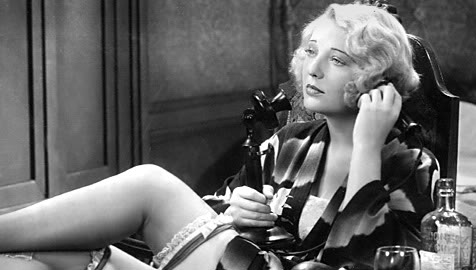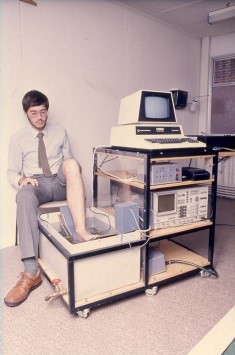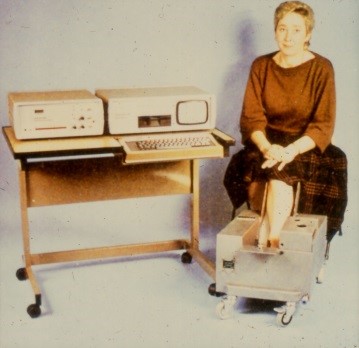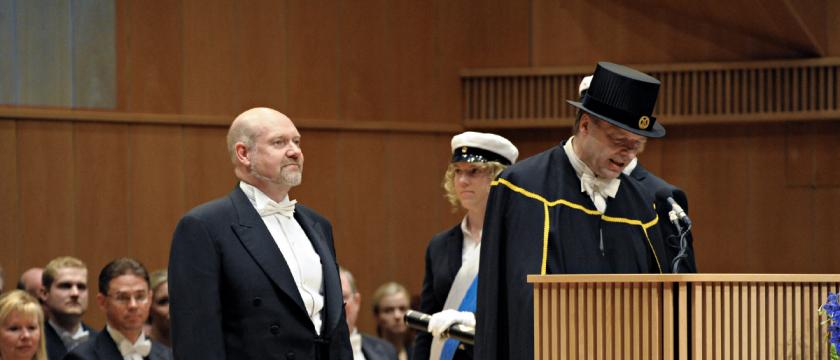Everybody knows William Wilberforce was one of the main movers in getting slavery abolished, but not so many know the story of the monument raised to him in Hull.
As background to this we can go back to the 1807 Anti Slave Trade Act that actually came in to force in 1808. However, although a victory it banned the slave trade but not slavery itself. This battle was still being fought, and it took until 26th July 1833 to win the war. This was three days before William Wilberforce himself died. on the 29th July 1833. He had asked to be buried next to his wife and daughter at Stoke Newington, but senior members of the Houses of Parliament requested that he be honoured with a burial at Westminster Abbey. He was duly placed in the Abbey's north transept on 3rd August 1833.
Just six days following the funeral a letter was printed in the Hull Packet newspaper, dated 5th August, requesting permission of the Mayor (as Hull did not receive city status until 1897), John Barkworth, to hold a public meeting to decide how best to remember the 'high veneration' that William Wilberforce was held in. It was undersigned by 57 of the areas most prominent men. No time was lost and Mayor Barkworth called a meeting for 1100 on Monday 12th August at the Guildhall that was then in Lowgate. The Mayor opened the meeting and the first item on the agenda was to appoint a Chairman for the meeting. The general call went round the room for the Mayor to take the role. The next business was for the gentlemen gathered to express their views and lay before him such resolutions as they might seek to have adopted. One of the last to stand up and give their thoughts was the Rev. Henry Venn, who was the Rector of the Parish on Drypool just outside the walls of Hull to the east.
%2B%C2%A9%2BNational%2BPortrait%2BGallery,%2BLondon.jpg)



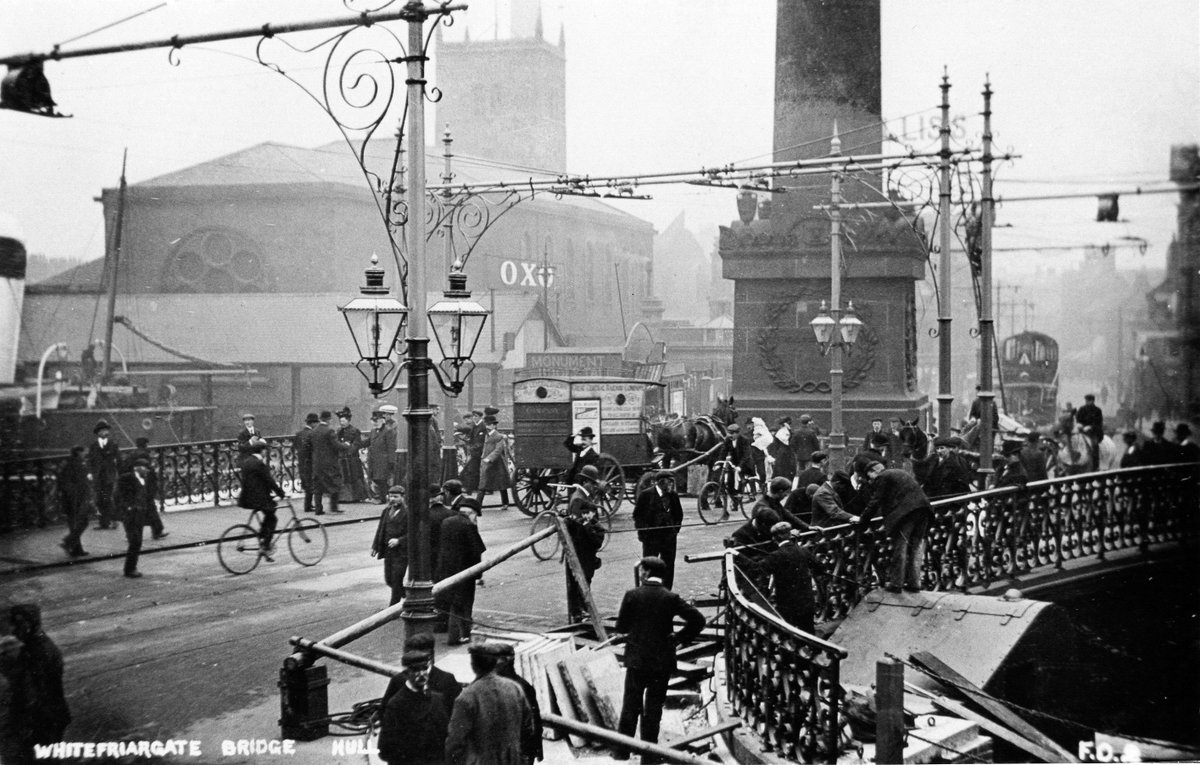


As background to this we can go back to the 1807 Anti Slave Trade Act that actually came in to force in 1808. However, although a victory it banned the slave trade but not slavery itself. This battle was still being fought, and it took until 26th July 1833 to win the war. This was three days before William Wilberforce himself died. on the 29th July 1833. He had asked to be buried next to his wife and daughter at Stoke Newington, but senior members of the Houses of Parliament requested that he be honoured with a burial at Westminster Abbey. He was duly placed in the Abbey's north transept on 3rd August 1833.
Just six days following the funeral a letter was printed in the Hull Packet newspaper, dated 5th August, requesting permission of the Mayor (as Hull did not receive city status until 1897), John Barkworth, to hold a public meeting to decide how best to remember the 'high veneration' that William Wilberforce was held in. It was undersigned by 57 of the areas most prominent men. No time was lost and Mayor Barkworth called a meeting for 1100 on Monday 12th August at the Guildhall that was then in Lowgate. The Mayor opened the meeting and the first item on the agenda was to appoint a Chairman for the meeting. The general call went round the room for the Mayor to take the role. The next business was for the gentlemen gathered to express their views and lay before him such resolutions as they might seek to have adopted. One of the last to stand up and give their thoughts was the Rev. Henry Venn, who was the Rector of the Parish on Drypool just outside the walls of Hull to the east.
%2B%C2%A9%2BNational%2BPortrait%2BGallery,%2BLondon.jpg)
Henry Venn in the early 1860's. A mezzotint by Henry Cousins. © National Portrait Gallery
The Venn family were well connected to the Wilberforce family as Rev. Henry Venn's grandfather, also Rev. Henry Venn, and his father, Rev. John, had been both been founder members of an Evangelical Anglican movement whose common political goal was the abolition of the slave trade and the freeing of those held. The group became known as the 'Clapham Sect' as John Venn was the Rector of Holy Trinity Church in Clapham. William Wilberforce and his wife Barbara lived round the corner and he was also a member of the sect. The families would meet daily., so it was right for Henry Venn to take a leading role in the search for an apt tribute. A memorial was suggested as well as having an institution built in his name, such as an asylum for the destitute. This last idea was soon dropped as there was too many questions to be answered such as the management, who would be allowed in etc.
The idea of a memorial was adopted, and then the discussion started about what sort of monument. A monument in Holy Trinity Church was put forward, but Venn thought that out of 100 visitors to Hull only 1 or 2 might know it was there. Venn persevered with the idea of a obelisk or pillar, something that would venerate Wilberforce as much as the military heroes that had columns erected in their honour. Nelson's Column was not erected until 1843 but there were several others around the country at this time. At the end of the meeting it was resolved that an obelisk or pillar would form the most striking and appropriate memorial and that a subscription be opened to raise funds.
By 13th September a total of £541 had been raised, subscribed by many of the great and good of the area. There is no evidence that the subscription was opened to the general public for them to contribute also. One fly in the ointment that a meeting was to be held in York for the purposes of finding the best method of honouring the memory of Wilberforce. This seems to be a case where York felt the responsibility should not be left to the provincial town of Hull, and York could do it better. There was some consternation in Hull as a county, and nation wide appeal had gone out for funds for the pillar in Hull and it was felt that York's bid would divert funds. The meeting in York was attended by many wealthy people form all over the Ridings and Northern counties and quickly raised funds. Their aim was to open a benevolent institution in the name of Wilberforce. This was to be an school for the blind and funds quickly arrived, whilst those for the Hull monument slowed to a trickle. However, the local people, and publications, got behind the bid and money still arrived.
Several sites for the monument were proposed. One was Kingston Square, where the New Theatre is today, another was near where Parliament Street is today, down Whitefriargate, where the workhouse stood. Another was on Nelson Street, near the pier. Another site further to the west on the Humber Bank was also proposed as was a spot near to the Humber Dock Bridge, where the marina lock pit is today. The location chosen was presented by the Dock Company to the west of the bridge that joined Queens Dock and Princes Dock, near St. John Street and at the end of Whitefriargate as it would have the best aspect for the main road and would be seen by everybody coming to Hull.
By the commencement of 1834 another appeal was made around Yorkshire as the Hull committee had decided that the column should have a statue on it. This was partly to counter York's project and ensure that the monument in Hull was the preeminent monument to Wilberforce. The fund stood at £715 and the amount needed was £1100! Public meetings were held in many towns and cities but most of cash raised went to the York project. However by March the committee had appointed John Clark of Leeds to be the architect. His design was for a fluted Doric capped with a corniced drum. The base was a square capital with a deep moulded plinth with urns at the corners and other decorations. By July John Clark had placed an advert inviting tenders from stonemasons for the work. The work was to be of Bramley Fall or Meanwood stone, both types of grit stone that came from quarries near Leeds. Bramley Fall stone was used and it was widely used in dock construction, and parts of Euston station.
Meanwhile work began on the foundations and on 1st August 1834 a ceremony was held for laying the foundation stone. The honour went to Richard Bethell MP for the East Riding using a silver trowel handed to him by Rev. Henry Venn. A inscribed brass plate was also inserted in the foundations.
http://www.hullcc.gov.uk/museumcollections/collections/storydetail.php?irn=227&
The silver trowel used at the laying of the foundation stone.
By the time the foundations were completed in March 1835 the stone masons had been appointed. These were Myers and Wilson of Hull who went on to be one of the most prolific builders of the age. George Myers started as an apprentice in Beverley and here he met Pugin, the Gothic Revival architect who would who went on to assist in the new Houses of Parliament. Pugin called him 'a rough diamond, but a real diamond' who could work without proper architectural drawings if required.Myers and Wilson set up business from yards in Paragon Street and Carr Lane. This was their first major project.

http://hullvalley.blogspot.co.uk/2016/04/wilberforce-monument.html
Wilberforce in ceremonial robes, left hand clutching them to him and the right holds a scroll, probably the Antislavery Act.
In April 1835 a meeting stated that the monument would be incomplete without a statue but an extra £290 would be needed. They asked current subscribers to increase their pledge by 25% and it seems all did so. In November 1835 the statue was placed on top of the completed column. The column is 90 foot high and the statue is 12 feet tall made of the same grit stone as the column. Who carved the statue has been lost. A hundred years later the local paper said it could read 'Feort 1835' on the skirt of the statue. No name of sculptor, builder or stone mason at the time can be found. It may be that a Mr. Feort was a jobbing continental sculpture that was employed by Myers and Wilson and moved on.

https://commons.wikimedia.org/wiki/File:Victoria_square,_Dock_offices,_Whitefriargate_bridge_and_Wilberforce_monument,_Hull.jpg
Wilberforce monument by what became, and still is, Monument bridge. This picture must have been taken after 1872 as that is when the Dock Offices, now the Maritime Museum, were completed.
This could have been the end of the story but time marches on and it's location became a problem. The column had been illuminated with gas and a drinking fountain placed at its foot.

twitter
The electric tram wires were said by some to desecrate the monument and at some stage the wires were actually suspended from the column. The area of Hull also became a focal point of the traffic and the monument became more of a block to developing the area.
In January 1934 Concillor Robert Tarran, owner of a construction company, had agreed to disassemble the monument, move it, reassemble it at a new site at his own expense. The utility companies also offered their services free. The new site was to be the area of the old Queens Dock that had become redundant and had been filled in to form pleasure grounds, or what we now know as Queens Gardens. There was a worry that the monument's foundations at the new site would not be strong enough. The City Engineer denied this and the final site was at the end of the gardens, rather than in the middle as had first been assumed.
http://www.hullcc.gov.uk/museumcollections/collections/storydetail.php?irn=219&master=154
The Monument at the old site with scaffolding ready to take the column down in April 1935.
Whilst the scaffolding was in place for a charge of 2s 6d during the day, or 1s in the evening people could climb the tower for the view and over one thousand took the opportunity. The money went to the Lord Mayor's Jubilee Fund. The statue was brought down and placed in a marque near to the new site in Queens Gardens where it was joined by other Wilberforce artifacts and again people paid to view the exhibits. This time the money was shared by the Lord Mayor's Jubilee Fund and the Archbishop's Appeal Fund. There was also a competition by the Mayor to guess the weight of the statue. At this time answer could be given to the question as to whether the column was hollow, and if so was it filled with rubble as some suggested. It was hollow but was not filled in. At this time there was talk of fitting a spiral staircase inside the monument but it was not carried out. On 19th April 1935 a box of souvenirs was placed in the foundations when the Gardens were opened and the monument rededicated. The souvenirs included photographs, maps, a Jubilee crown piece and other coins, a Wilberforce medal from 1906 and news paper cuttings.

http://wilberforcemonumentfund.blogspot.co.uk/2014_02_01_archive.html
The new site of the Wilberforce Monument at the east end of Queens Gardens not long after completion of it's relocation.

The new site of the Wilberforce Monument at the east end of Queens Gardens not long after completion of it's relocation.
It originally cost £1250 (£90,500 today) to erect the monument in the first place, and £70,000 to move it (£1.500 then). This blog has largely been written with the help of a little book written by Dr. Carolyn Conroy called 'Homage to the Emancipator, Hull and the William Wilberforce Monument'. It was produced to raise funds to have the monument lit for the City of Culture 2017. As far as I know this is going to happen at some stage in 2017.
The final item that can be reported was that after obtaining planning permission the scroll that the statue of William Wilberforce is holding in his right hand atop the column was gilded. The work took three days and was carried out by Royal Gilders Hare and Humphreys. It had two 'coats' of 23.5 carat gold leaf that just adds that glint in the sun, and will certainly stand out when it is lit up.

http://wilberforcemonumentfund.blogspot.co.uk/
The statue on the column in 2016 with Hull College behind.
The very last thing to say about the Wilberforce monument is that it is still here. Despite the City of York's big hitters trying to upstage our memorial to a son of our town the School for the Blind that they constructed with the money raised was closed in 1958, and Hull's monument is still here, golden and due to be lit and seen right round the world during City of Culture 2017.
Please check out http://wilberforcemonumentfund.blogspot.co.uk/






